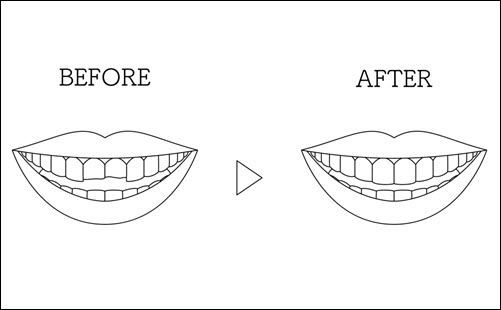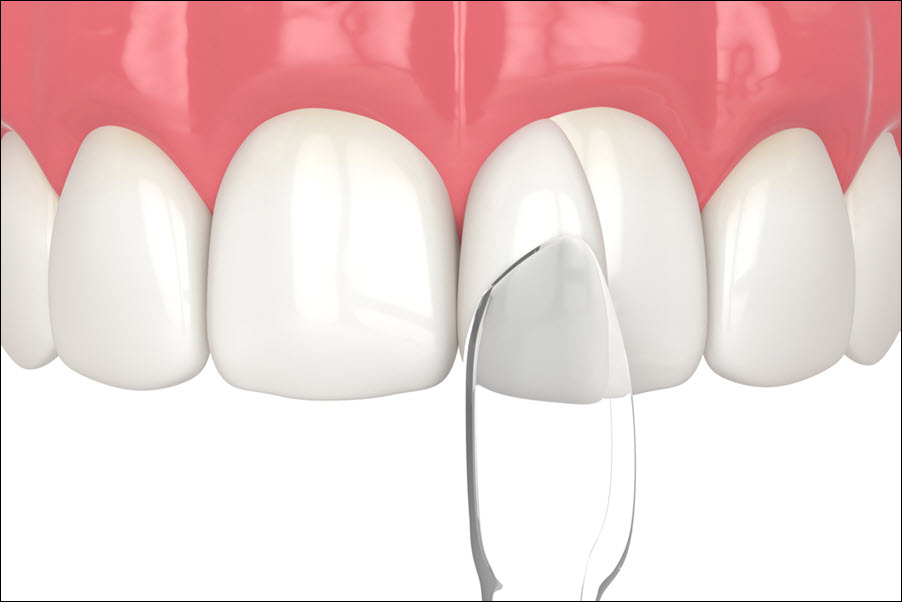Dental bonding repairs chipped, discolored, and uneven teeth, creating a healthier smile. The process uses a tooth-colored resin to reshape and strengthen teeth. Dentists apply the resin directly to the tooth, then harden it with a special light. Bonding creates a natural look and improves bite strength. It also covers minor gaps, cracks, and surface stains. Unlike crowns or veneers, dental bonding requires minimal enamel removal. The procedure is quick, painless, and affordable. Bonding strengthens tooth surfaces and improves overall dental health. Understanding how dental bonding works helps you achieve a balanced, confident smile. Let’s explore how bonding creates a healthier, more beautiful smile.
What Is Dental Bonding?
Dental bonding repairs minor imperfections using a composite resin material. Dentists use bonding to fix chips, cracks, discoloration, and small gaps. The composite material matches natural tooth color, creating a seamless look. Bonding requires minimal tooth preparation, preserving natural enamel. The dentist roughens the tooth surface and applies a bonding agent. After shaping the resin, the dentist hardens it with a curing light. The material bonds directly to the tooth, strengthening its structure. Bonding creates a smooth, even surface and improves smile symmetry. The process takes about 30 to 60 minutes per tooth. Dental bonding strengthens tooth surfaces and increases smile confidence.
Repairing Chipped and Cracked Teeth
 Bonding restores chipped and cracked teeth by filling in damaged areas. Cracks weaken tooth structure and increase sensitivity. Dentists apply the resin to the damaged area, shaping it to match the natural tooth. The bonding material reinforces the tooth, preventing further damage. Hardening the resin creates a strong surface that withstands chewing pressure. Proper shaping ensures a natural bite and even tooth alignment. Bonding reduces sensitivity by covering exposed dentin and nerve endings. Stronger tooth surfaces improve chewing comfort and bite strength. Repaired teeth increase overall smile balance and appearance. Bonding improves both tooth strength and smile confidence.
Bonding restores chipped and cracked teeth by filling in damaged areas. Cracks weaken tooth structure and increase sensitivity. Dentists apply the resin to the damaged area, shaping it to match the natural tooth. The bonding material reinforces the tooth, preventing further damage. Hardening the resin creates a strong surface that withstands chewing pressure. Proper shaping ensures a natural bite and even tooth alignment. Bonding reduces sensitivity by covering exposed dentin and nerve endings. Stronger tooth surfaces improve chewing comfort and bite strength. Repaired teeth increase overall smile balance and appearance. Bonding improves both tooth strength and smile confidence.
Closing Gaps and Correcting Uneven Spacing
Bonding closes small gaps between teeth and improves alignment. Gaps create uneven bite pressure and increase plaque buildup. Dentists apply composite resin to reshape and fill the spaces. Proper shaping creates a smooth and even tooth surface. Bonding creates balanced tooth size and alignment, improving overall bite strength. Filling gaps prevents food particles from getting trapped and causing plaque buildup. Improved alignment reduces gum irritation and sensitivity. Bonding creates a more balanced and symmetrical smile. Stronger tooth alignment increases chewing efficiency and comfort. Closing gaps with bonding enhances smile appearance and dental health.
Covering Stains and Discoloration
Bonding improves tooth color by covering deep stains and discoloration. Coffee, tea, red wine, and tobacco stain enamel over time. Whitening treatments may not remove deep stains. Dentists apply a color-matched resin to cover discoloration. Bonding creates a smooth, polished surface that resists future staining. Composite resin matches natural tooth color, creating a bright and even smile. Bonding protects enamel from further discoloration and acid erosion. Regular brushing and professional cleanings maintain bonding color and strength. Improved tooth color increases smile brightness and confidence. Bonding creates a cleaner, more youthful-looking smile.
Strengthening and Protecting Teeth
Bonding strengthens teeth weakened by wear, grinding, and enamel erosion. The composite material creates a protective layer over exposed enamel. Bonding reinforces tooth surfaces and improves resistance to pressure. Hardened resin withstands chewing and biting force without cracking. Bonding reduces tooth sensitivity by sealing exposed dentin. Better tooth strength increases overall chewing comfort and bite balance. Bonded surfaces resist plaque buildup and bacterial penetration. Proper bonding improves enamel strength and long-term tooth durability. Stronger teeth increase overall dental health and comfort. Bonding improves both tooth protection and smile appearance.
Fast and Painless Procedure
Dental bonding is quick and minimally invasive. The procedure requires no anesthesia unless treating tooth decay. Dentists clean and prepare the tooth surface before applying the resin. After shaping, the dentist hardens the material with a curing light. The process takes about 30 to 60 minutes per tooth. Bonding creates immediate results without discomfort or downtime. Patients resume normal activities immediately after treatment. Bonding requires less enamel removal than crowns or veneers. The procedure strengthens teeth while preserving natural structure. Improved tooth appearance increases smile confidence and comfort. Bonding provides a fast and effective solution for minor dental imperfections.
Long-Lasting Results with Proper Care
Bonding lasts between 5 to 10 years with proper care. Brushing twice a day with fluoride toothpaste protects bonded surfaces. Flossing daily removes plaque and food particles from between teeth. Avoiding hard and sticky foods reduces the risk of chipping. Dentists recommend regular cleanings to maintain bonding strength and color. Composite resin resists staining but may require polishing over time. Professional cleanings remove surface stains and improve bonding durability. Fluoride treatments strengthen enamel and improve bonded surface protection. Proper care increases bonding lifespan and overall dental health. Long-lasting bonding improves both smile strength and confidence.
Boosting Smile Confidence
Bonding improves smile appearance and increases social confidence. Even, bright teeth enhance personal and professional interactions. Bonded teeth improve chewing comfort and bite strength. Better alignment increases comfort while speaking and smiling. A balanced smile creates a youthful and healthy appearance. Reduced gaps and stains increase self-assurance in social settings. Bonding improves both smile strength and overall facial balance. Stronger tooth surfaces increase comfort when eating and speaking. A confident smile enhances overall quality of life and comfort. Bonding creates a balanced, natural-looking smile that increases self-confidence.
Dental bonding repairs chips, cracks, and stains, creating a balanced and confident smile. The procedure strengthens tooth surfaces and improves bite alignment. Composite resin matches natural tooth color, creating a seamless appearance. Bonding protects enamel and increases chewing comfort. Closing gaps and reshaping teeth improves smile symmetry and strength. Proper care increases bonding lifespan and surface durability. Professional cleanings maintain bonding strength and improve surface shine. Bonding creates long-lasting improvements in both dental health and smile appearance. Investing in bonding increases smile strength and overall comfort. A balanced, brighter smile increases both dental health and personal confidence.

